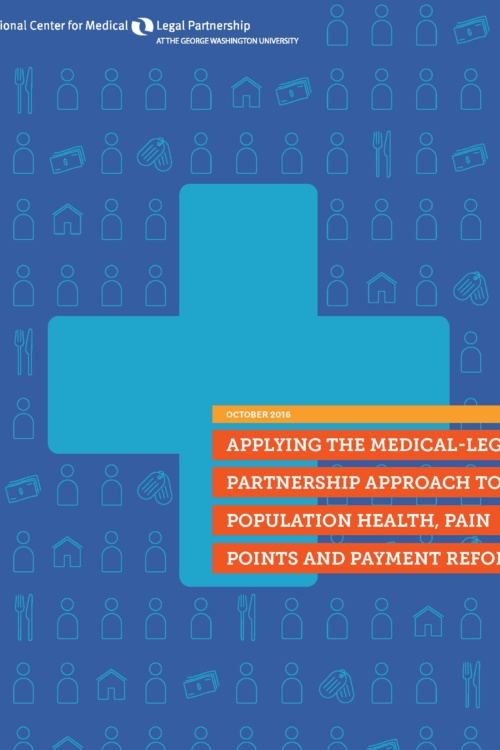
Brief: Applying the MLP approach to population health
Tuesday, October 4, 2016
Download the issue brief: "Applying the MLP Approach to Population Health"
In an effort to control health care costs, many health care delivery organizations have agreed to contracts that incentivize the provision of high-quality care and penalize unnecessary or preventable health care utilization. This is consistent with the Affordable Care Act’s emphasis on improving health care quality and the introduction of quality standards. Health care providers thus must adapt how they practice in response to this payment reform, often without the tools to understand how to meet quality standards and reduce their costs or utilization patterns. Population health management has emerged as a solution to the “pain points” — missed quality metrics or incentives that affect the amount a health care institution is paid — associated with payment reform. Population health management assesses the health outcomes that exist within a defined population and asks what medical, social, and civil legal needs are affecting those outcomes. By identifying risks within the population and seeking to intervene before those risks become costly medical crises, health care providers can maintain or even improve the health of their patients while also reaping financial rewards for the health care delivery organization.
In medical-legal partnerships (MLPs), legal professionals work on-site in the health care setting to address civil legal needs that adversely affect health and increase health care utilization, and thus are ideally suited to help health care providers identify risk, improve patient care, and resolve patients’ health-harming civil legal needs. There are opportunities for MLPs to be part of the population health management assessment process, and it is up to MLPs to demonstrate their value to health care organizations in the new world of population health management and payment reform.
This issue brief from the National Center for Medical-Legal Partnership examines two examples of payment reform pain points felt by health care institutions adapting to new reimbursement models, and the treatment of those pain points through collaboration with MLPs. This is followed by recommendations on how an MLP can become part of those population health management teams that are revolutionizing health care one population at a time, and the advantages of doing so, both for the health care institution and for the sustainability of the medical-legal partnership approach.
